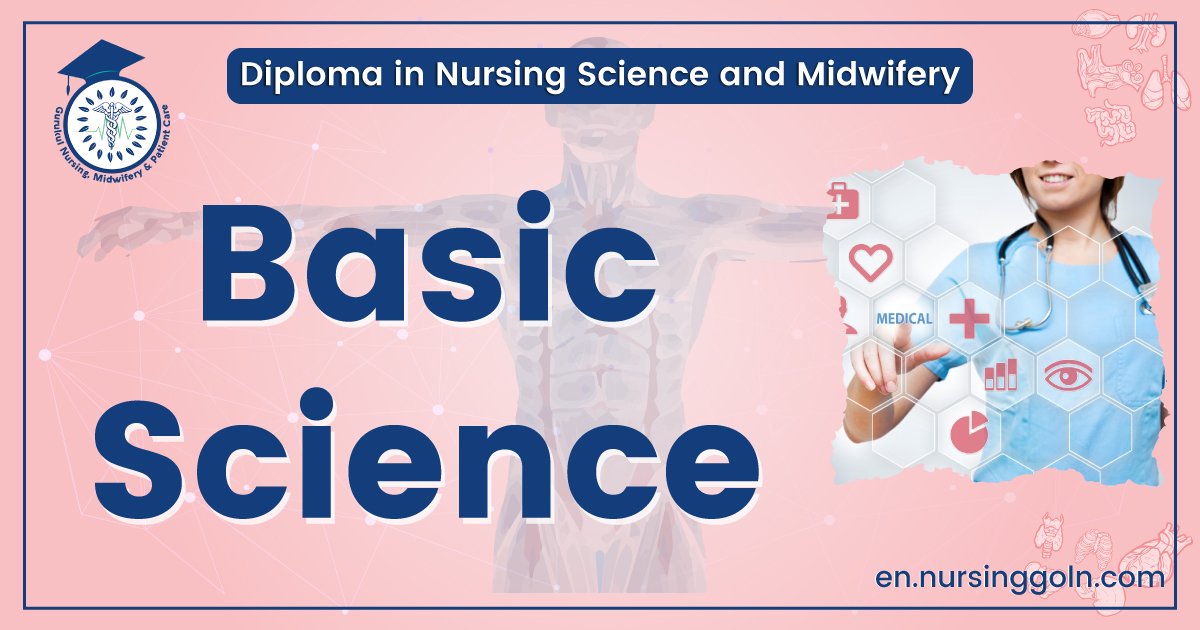Basic Science – Introduction to fundamental concepts of Biological Science including the organization and common characteristics of living matters, cell structures and functions, food production by photosynthesis, harvesting energy, mechanism of cells reproduction, genetics, evolutions, and Human Biology. Introduction to general chemistry including basic concepts about matter, atomic structure, chemical bonds, gases, liquid, and solids, solutions, chemical reactions, acid, bases, and salt;
organic and biochemistry including hydrocarbons and their derivatives, carbohydrates, lipids, proteins, enzymes, vitamins, and minerals, nucleic acids; principles of physics and applications to nursing including gravity and mechanics, pressure, heat and electricity; nuclear chemistry and nuclear physics, effects of radiation on human beings, and protection and disposal. The aim of the course is to acquire knowledge and skills in general biological science, general chemistry and physics.
Basic Science
CHAPTER-01: Introduction to Science of Biology
- Biology
- Branches of biology
- Importance of biology in nursing
- Theories Contributing to Modern Biology
- Greatest Contributors to Biology
- History of Biology
- Life
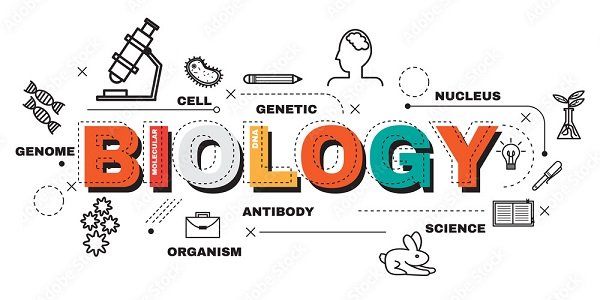
CHAPTER-02: Organization of Living Matter.
- Living matter
- Types of matter
- Elements of living matter
- Characteristics of Living Matters
- Levels of organization in biology
CHAPTER-03: Cell Reproduction.
- Cell
- Cell Organelles
- Cell Division.
- Mitosis
- Meiosis
- Cell Cycle.
- Cell Growth
- Cell Membrane.
- Mitochondria
- Nucleus
- Tissue
CHAPTER-04: Genetics.
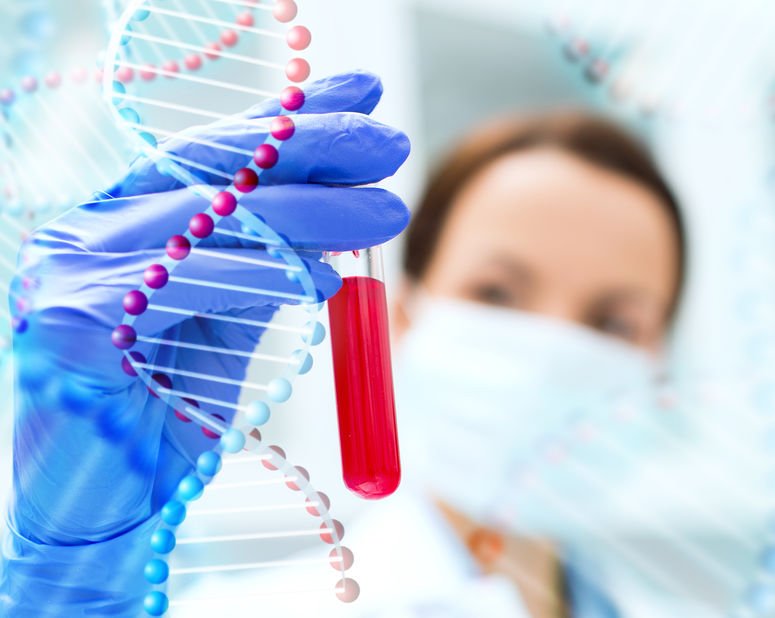
CHAPTER-05: Human Biology: Body Organization and Homeostasis.
- Homeostasis
- Feedback
- Negative & Positive Feedback Mechanism
- Reproduction
- Fertilization
- Implantation
- Ovulation
- Human Genetics
- Development
CHAPTER-06: Introduction to General Chemistry
- Branches of Chemistry
- Matter
- State of matter
- Changes of State
- Classes & Properties of Matter
- Diffusion & Osmosis
- Energy
- Compositions of Matter
CHAPTER-07: Structures of Matter (Atomic Structure).
CHAPTER-08: Important Elements and Trace Elements For Human Health.
CHAPTER-09: Chemical Bonds.
CHAPTER-10: Gases, Liquids, and Solids.
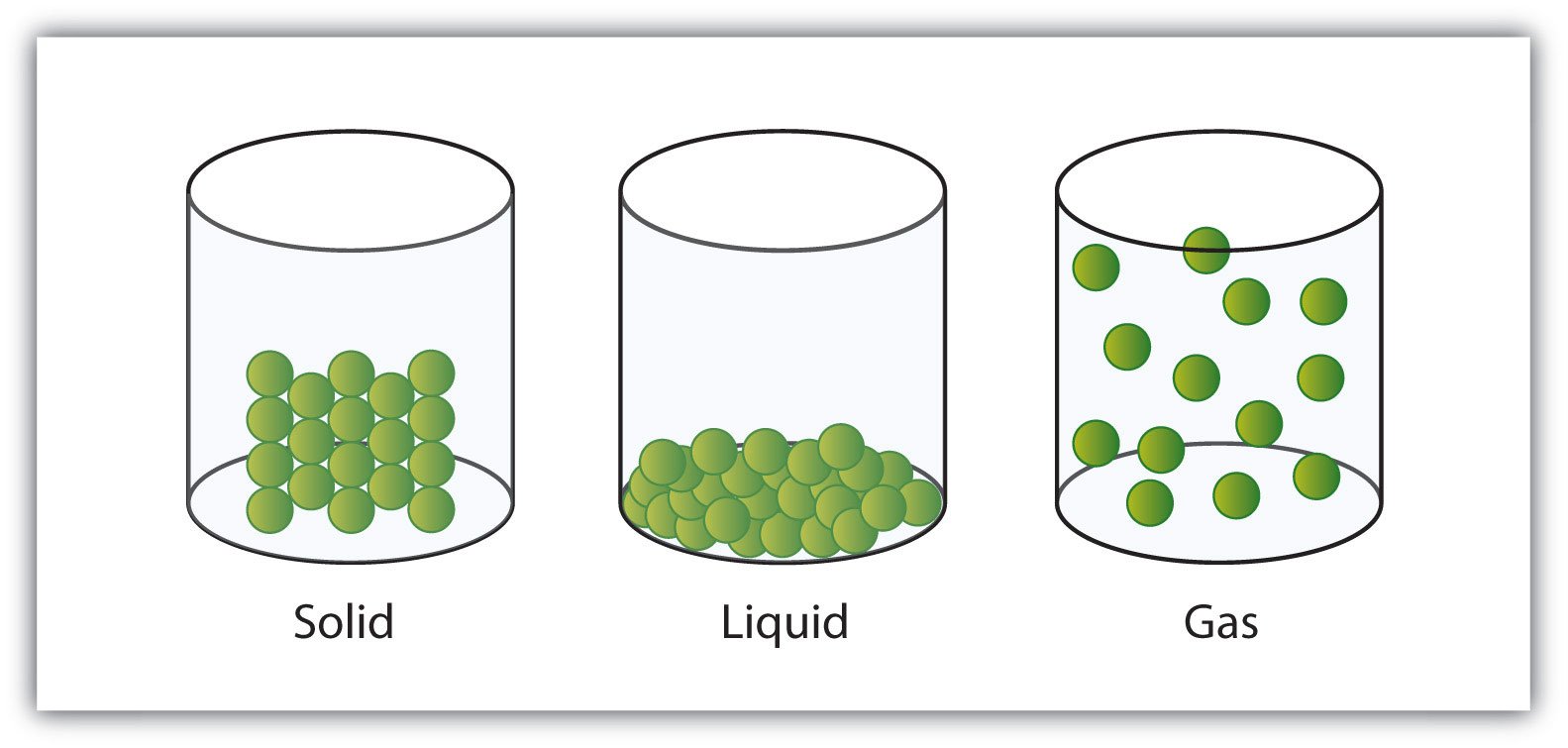
CHAPTER-11: Solutions.
- Solutions
- Characteristics of solutions
- Factors affecting gas solubility
- Osmosis, osmotic pressure and osmolarity
- The artificial kidney: A hemodialysis machine
CHAPTER-12: Chemical Reactions.
CHAPTER-13: Principles of Physics.
CHAPTER-14: Pressure.

CHAPTER-15: Heat.
CHAPTER-16: Acids, Bases, and Salts.
CHAPTER-17: Introduction to Biochemistry.
- Organic Chemistry
- Analysis of Urine Sample
- Hydrocarbons
- Biochemistry
- Carbohydrate
- Protein
- Amino Acid
- Lipid/Fat
- Vitamins
- Mineral
CHAPTER-18: Analysis of Blood Sample.
- Specimen
- Blood Collection
- Blood transfusion
- Serum protein
- Bilirubin in blood
- Blood sugar
- Kidney function test
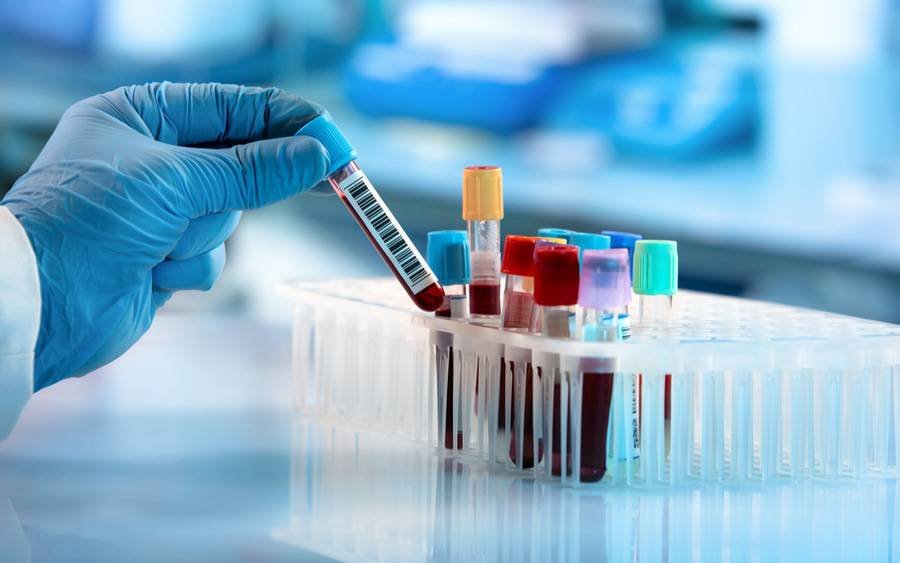
CHAPTER-19: Electricity & Ultrasonic and Ultra-sonogram (USG).
- Electricity
- Electrocardiogram (ECG or EKG)
- Electroencephalogram
- Defibrillators
- Ultrasonic and Ultra-sonogram (USG)
CHAPTER-20: Use of X-Ray, Gamma Rays, and Radioactive Isotopes in Diagnosis and Therapy.
CHAPTER-21: Effects of Radiation on Human Beings.
CHAPTER-22: Miscellaneous.

Read More….
